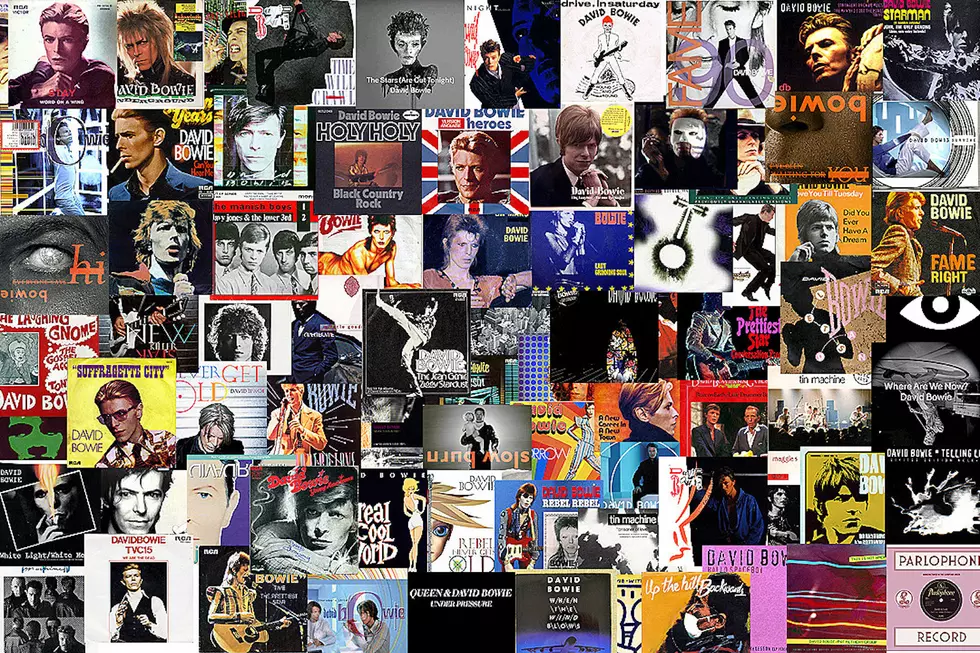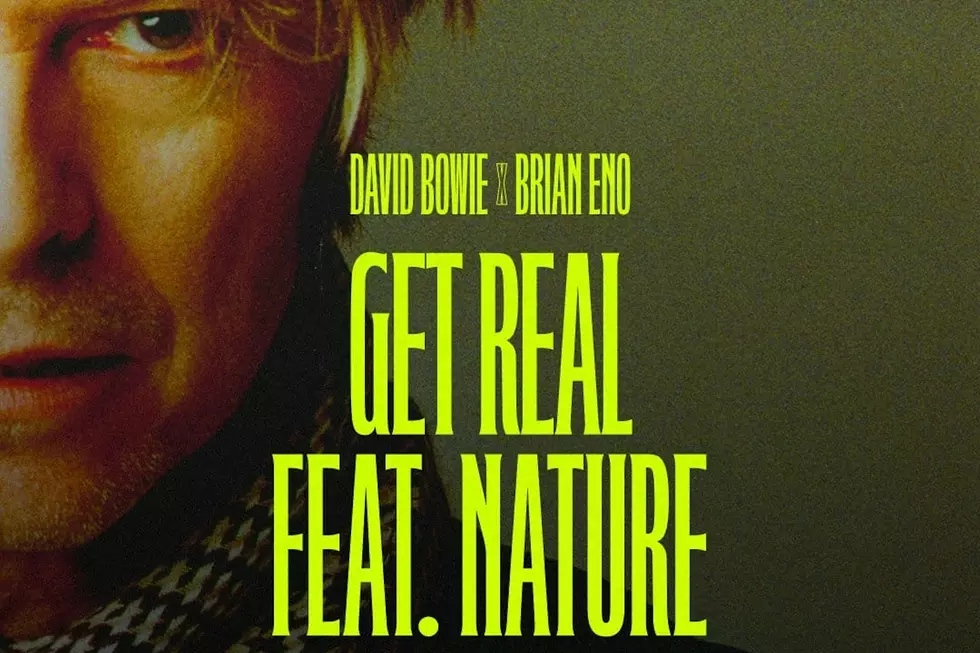5 Years Ago: David Bowie Begins a Final Career Resurgence on ‘The Next Day’
David Bowie's great contribution to rock wasn't his voice, which could be as thin as his own translucent visage. It was his ability to remove one mask only to reveal another — his ability to surprise.
The Next Day, released on March 8, 2013, was a triumph of revision; the album managed to aggrandize his past even as Bowie dissembled it. (Not for nothing was the cover of this studio album simply an obliterated version of an older one.) Arriving just when everyone was sure he had left the game for good, The Next Day was initially hailed as a return to the dark portent of his Berlin years, when Bowie issued a trio of disconnected, odd and dangerous projects. In truth, he was trying to to contextualize that period, more than to recall it.
The results felt like a valedictory, but also like cutting social commentary, like a series of autobiographical sketches, and at least occasionally like complete nonsense. In other words, it was David Bowie at his absolute best.
Producer Tony Visconti – a collaborator on 11 previous Bowie albums between 1969-2003, including the Berlin triptych – kept busy morphing the music bed with a sorcerer's glee, conjuring every phase of a career that would stun a chameleon into reverent silence. Visconti gave The Next Day an even broader, more episodic feel, with only Bowie's reliably inventive word play – he retained his otherworldly, hypnotic approach with a lyric – left to keep things from flying apart.
Together, they produced Bowie's most consistent (and consistently surprising) album since their 1980 collaboration Scary Monsters, kicking off a period of stirring late-career resurgence that continued until Bowie's sudden death in January 2016.
Watch David Bowie Perform 'Where Are We Now?'
The title track hurtled out like a hand across the face: It was Bowie reasserting his Station to Station persona with a snarling force. But then "Dirty Boys" followed, stuttering and stumbling along while Bowie sang as if submerged in a tide of Brian Eno-era nihilism.
"I'd Rather Be High" and "Heat" mimicked the wow-man folk of "Space Oddity," while "Valentine's Day" and "(You Will) Set the World on Fire" glam-rocked as hard as anything in Bowie's post-Ziggy catalog. "Boss of Me" worked as a kind of Aladdin Sane for a new generation, while "Love Is Lost," "Where Are We Now?" and "You Feel So Lonely You Could Die" reanimate the brilliantly doomy fin de siecle feel of Lodger.
"The Stars (Are Out Tonight)" and "Dancing Out in Space" perhaps got the closest to the plasticine R&B of his Let's Dance period — though Bowie's vocal (still a touch too dry, as always) feels much more present, more involved. "If You Can See Me" then swerved boldly into the passing lane again, returning Bowie to the noisy '90s-era experiments of Outside.
His sweeping legend now reset, Bowie subsequently moved on to another round of bold new experiments. But only after releasing an album that was, quite simply, all over the place. Really, it was a prototypical David Bowie move. After all, he utterly abhorred organization, much less categorization. The outcome, then, was just what any true fan would have hoped for, after 10 long years away: With The Next Day, Bowie never sounded more like himself — whatever that was.
Every David Bowie Single Ranked
More From Ultimate Classic Rock









